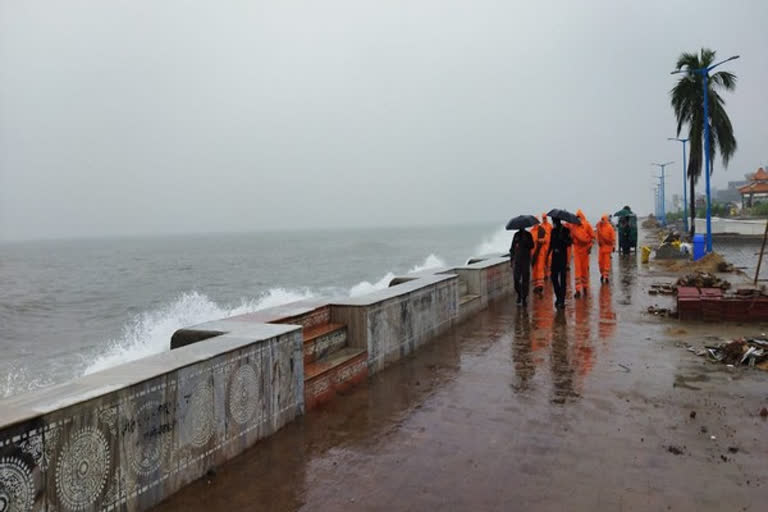Bhubaneswar:Every year, as a cyclone looms over a region, its name becomes a cause of intrigue for many, who wonder why and how is the storm christened. With Cyclone Asani -- a name given by Sri Lanka that means 'wrath' in Sinhalese -- formed in the Bay of Bengal on Sunday morning and hurtling towards the east coast, the same question pops up again. According to the World Meteorological Organisation (WMO), an agency under the United Nations, there can be more than one cyclone at a time in a particular geographical location or around the globe and the systems can last for a week or more.
Therefore, each tropical storm is given a name to avoid confusion, facilitating disaster risk awareness, management and mitigation. Short and easy-to-pronounce names are helpful in rapidly and effectively disseminating detailed storm information between hundreds of scattered stations, coastal bases and ships at sea. It is less subject to error than the older and more cumbersome latitude-longitude identification methods. Since 1953, Atlantic tropical storms have been named from lists prepared by the National Hurricane Center in the US.
In the beginning, storms were named arbitrarily. From the mid-1900's, feminine names were started to be used for storms. Meteorologists decided later to name storms from a list for a more organised and efficient system, the WMO stated in its website. There are six Regional Specialised Meteorological Centres (RSMCs) worldwide and five regional Tropical Cyclone Warning Centres, which are mandated for issuing advisories and naming of cyclonic storms. The India Meteorological Department (IMD) is one of the RSMCs and is tasked with giving a title to a cyclone that forms over the northern Indian Ocean when they have reached a maximum sustained surface wind speed of 62 kmph or more.
